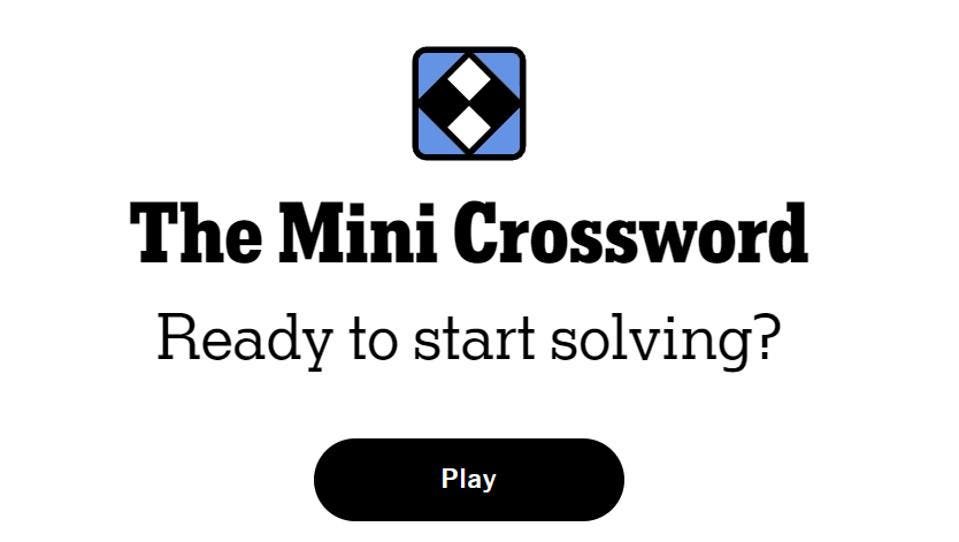AI could serve as a catalyst for quality education at scale, with tailored solutions for all; this … [+]
For many children, education feels like a chore. If you’re a parent, you’re likely familiar with the daily struggles over homework, exams, and school responsibilities. Beyond these challenges, the financial burden of education looms large, including in high income countries like the United States, where private schooling is increasingly expensive and difficult to access. And there is worse.
By 2025, approximately 234 million school-aged children globally will experience disruptions to their education due to crises, with 85 million completely out of school. These sobering figures highlight deep-rooted educational disparities that extend beyond low-income regions — where 33% of children remain out of school—to high-income countries, where soaring tuition fees and systemic inequalities further widen the gap between rich and poor. Even in the wealthiest nations, the cost of higher education limits opportunities, entrenching intergenerational inequality. Globally, fewer than 1% of adults from the poorest households attain a bachelor’s degree, compared to over 10% from affluent backgrounds.
Yet, education is more than just a personal milestone; it is a cornerstone of individual and societal progress. The quality of education a child receives shapes their career opportunities, earning potential, and ability to participate fully in society. Barriers to access or poor-quality education don’t just affect individuals — they create ripple effects at the macro level. A poorly educated workforce leads to higher unemployment rates, weakens national economies, and exacerbates social inequalities.
AI As A Mindsaver?
Education is not just a right; it is an essential investment in both social mobility and economic resilience; and currently society is not able to address the existing needs. Still there is hope. Over the past years artificial intelligence has been emerging as an enabler of quality education at scale. AI-driven tools can personalize learning experiences, bridge gaps in educational access, and offer scalable solutions to improve literacy, numeracy, and lifelong learning.
If it is deployed responsibly, AI can help close educational gaps, equip learners with future-ready skills, and act as a catalyst for positive social change — ensuring that education is no longer a privilege but a universal opportunity.
Education@AI In Action: Inspiring Illustrations
The following examples illustrate the potential to harness AI as a catalyst for quality, tailored learning at scale. Combining AI and NI, natural intelligence, they are the first step toward HI, hybrid intelligence, a radical reframing of the educational paradigm that blends human cognition with artificial intelligence in view of radical social change at scale.
Bridging Cultural And Linguistic Barriers
YetiConfetti combines human instruction with AI’s computational speed. Already implemented across schools in Lebanon and gaining traction in New York’s diverse educational environments, YetiConfetti provides simultaneous translation and tailored explanations of complex concepts such as mathematics. This fosters an inclusive learning atmosphere, eliminating language barriers and addressing cultural nuances.
Democratizing Learning: Musa’s WhatsApp Microlearning
Another compelling case comes from Musa’s innovative approach to using AI-powered micro-learning through WhatsApp. It is designed to democratize education by making it accessible to those typically marginalized by traditional systems. Pilot projects in Latin America and sub-Saharan Africa report significant improvements, including a 40% uptick in learning outcomes for underserved populations. This illustrates how practical AI tools can deliver scalable and measurable educational enhancements.
Contextual AI: Kraft Education’s Hunu App
Kraft Education in Ghana shows AI’s potential to serve at scale in special needs education through its Hunu app. The application supports children with specific learning challenges such as ADHD or developmental delays. It uses AI to offer personalized content, track developmental progress, and provide contextually relevant interventions, significantly improving educational outcomes and quality of life for affected children and their caregivers.
Bridging Education To Employability: MakerGhat
MakerGhat tackles youth unemployment in India by integrating AI-driven, hands-on learning environments as maker spaces into schools and communities. It combines human guidance for skills-oriented education with AI-generated, evidence-based curricula to equip learners with essential skills and attitudes for employability, preparing youth effectively for the uncertainties of a rapidly evolving job market.
These are just a few examples, yet they illustrate the possibility of a new era of learning.
Looking Ahead To The Next Decade
AI has immense potential to increase both the quality (content and delivery) and quantity (access) of education for all. To seize that opportunity, several structural issues must be overcome, including but not limited to cultural relevance and data bias. Addressing these challenges starts with targeted investment in local capacities and local data collection, as well as the training of large language models with deliberate attention to bias.
Amid the AI hype and excitement, it is important to keep in mind that the best algorithm will only be as good as the human mindset that designs, delivers and deploys it, and it will reflect the data that it has been trained on. Garbage in, garbage out. Or Values in values out.
The Evolving Role Of Teachers
It is useful to keep in the human mind that technological advancements do not diminish the fundamental role of education as a cradle of knowledge and values, and the place of those who convey both.
Infusing AI in education does not replace teachers, but evolves their role. By utilizing AI deliberately to provide adaptive learning resources, educators can focus more intently on fostering human connections and guiding students in their learning journeys. This shift allows teachers to act as mentors and facilitators, enhancing the educational experience to embrace all the facets of being and becoming.
The Future of Work Report 2025 of the World Economic Forum underscores that roles least substitutable by AI — teachers, mentors, coaches — will grow in importance, shifting societal appreciation towards human-centric skills. Let’s envision the tangible possibility of a world where personalized, lifelong learning becomes the norm, educational – and income – disparities shrink, and teaching has been transformed into an enjoyable, high-value, deeply respected profession.
Takeaway: Curating Future Proof Education
To successfully integrate AI in education, educators and decision-makers may want to adopt an actionable framework consisting of 4 pillars:
Awareness: Understand AI’s strengths and limitations. Recognize potential biases and implement necessary safeguards to use it ethically and responsibly.
- Educators: Regularly update yourself on AI developments to leverage technology effectively without sacrificing personal connection.
- Institutions: Invest in AI literacy and capacity-building, particularly for teachers.
Appreciation: Recognize the complementary strengths of human creativity and AI efficiency. Both forms of intelligence bring unique value.
- Educators: Celebrate and cultivate your unique human ability to inspire, mentor, and emotionally connect.
- Institutions: Value educators and recognize their irreplaceable role through supportive policies and better remuneration.
Acceptance: Embrace that education is transforming. Accept AI not as a competitor but as an empowering tool that enhances your role.
- Educators: Experiment with AI tools to discover effective ways to integrate technology.
- Institutions: Encourage and support experimentation and innovation in teaching methods.
Accountability: Ensure AI applications in education remain culturally sensitive, ethical, and unbiased.
- Educators: Hold yourself and your tools accountable for fairness, inclusivity, and cultural relevance.
- Institutions: Implement robust guidelines to evaluate AI models regularly for cultural relevance and bias.
Leveraging AI For Global Learning
Rather than seeing AI as a threat, educators and institutions have the opportunity to harness its strengths and their own to create a more inclusive, adequate, and humane educational landscape. Like in every domain, AI is a means to an end, not an end in itself. Our aim must be to harness it to boost and build NI – natural intelligence, not to replace it.
Initiatives, such as MIT Solve’s Global Challenge, exemplify how AI can help tackle educational inequality at scale. Through partnerships, innovation hubs, and dedicated funding streams, these initiatives illustrate the feasibility of curating education to foster global prosperity, reduce socioeconomic disparities, and unlock human potential universally.
This article relates to a panel discussion with MIT Solve participants








